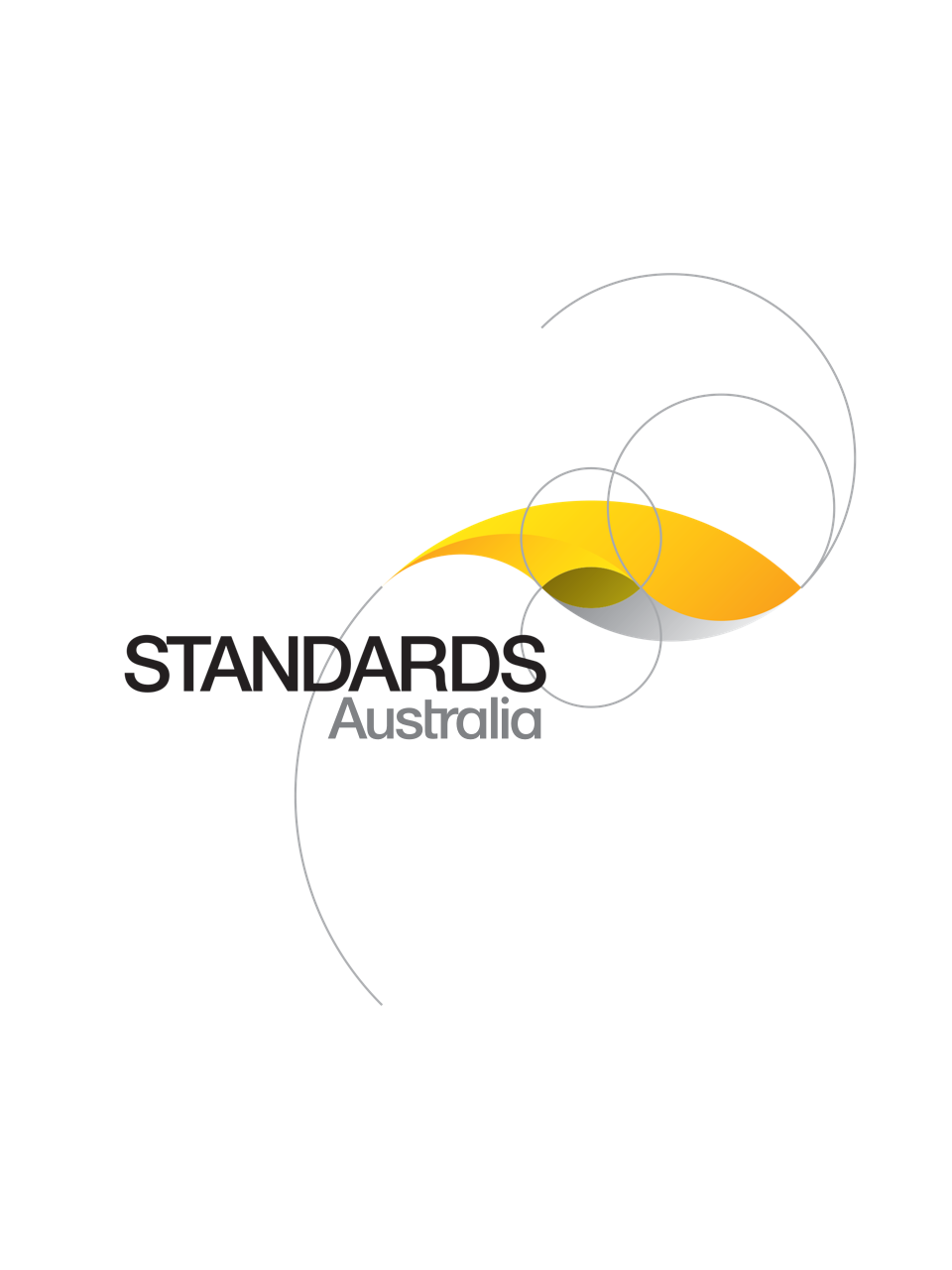Standard
Track updates
ISO 1996-1:2016
[Current]Acoustics — Description, measurement and assessment of environmental noise — Part 1: Basic quantities and assessment procedures
ISO 1996-1:2016 defines the basic quantities to be used for the description of noise in community environments and describes basic assessment procedures. It also specifies methods to assess environmental noise and gives guidance on predicting the potential annoyance response of a community to long-term exposure from various types of environmental noises. The sound sources can be separate or in various combinations. Application of the method to predict annoyance response is limited to areas where people reside and to related long-term land uses.
Community response to noise can vary differently among sound sources that are observed to have the same acoustic levels. This part of ISO 1996 describes adjustments for sounds that have different characteristics. The term "rating level" is used to describe physical sound predictions or measurements to which one or more adjustments have been added. On the basis of these rating levels, the long-term community response can be estimated.
The sounds are assessed either singly or in combination, allowing for consideration, when deemed necessary by responsible authorities, of the special characteristics of their impulsiveness, tonality, and low-frequency content, and for the different characteristics of road-traffic noise, other forms of transportation noise (such as aircraft noise), and industrial noise.
ISO 1996-1:2016 does not specify limits for environmental noise.
NOTE 1 In acoustics, several different physical measures describing sound can have their level expressed in decibels (e.g. sound pressure, maximum sound pressure, and equivalent continuous sound pressure). The levels corresponding to these physical measures normally will differ for the same sound. This often leads to confusion. Therefore, it is necessary to specify the underlying physical quantity (e.g. sound pressure level, maximum sound pressure level, and equivalent continuous sound pressure level).
NOTE 2 In this part of ISO 1996, quantities are expressed as levels in decibels. However, some countries validly express the underlying physical quantity, such as maximum sound pressure, in pascal or sound exposure in pascal-squared seconds.
NOTE 3 ISO 1996‑2 deals with the determination of sound pressure levels.
Published: 01/03/2016
Pages: 47
Content history
Content history
[Superseded]
One-time Purchase
Access via web browser on any device
One-time purchase
Single publication
Offline access via PDF^
$333.56 AUD
Inclusive of GSTFormat *
Web Reader (PDF)
Licenses *
1 License (for yourself - not shareable)
Total$333.56 AUD
IMPORTANT
